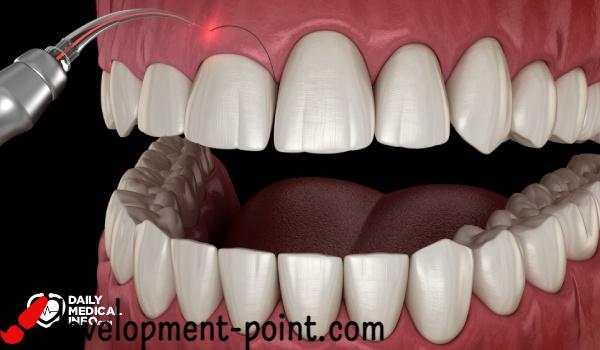What is the scrotum? What is its function in the body?
The scrotum is one of the organs of the reproductive system in men, and works to protect the testicles, which may make it susceptible to some diseases, and in the following article we will talk about the importance of the scrotum to the body, and what diseases are likely to affect it?
What is the scrotum?
The scrotum is a sac of skin and muscle that hangs in front of the pelvis between the legs, next to the upper thighs, and just below the penis.
The sac is divided by the scrotal septum into two parts. In most men, there is one testicle on each side of the scrotal septum, and it is common for one side of the sac to hang slightly over the other. The outer layer of this cyst is made up of skin, and this skin is usually darker in color than the adjacent areas.
There are two muscles under the skin, the first is called the tunica dartos, which helps regulate the temperature of the testicles. The other muscle is the cremaster muscle, which has two types of muscles, one on each side, and each muscle of the sac covers the testicles and spermatic cord and reaches into the pelvis.
In addition to the testicles and the vas deferens, the spermatic cord provides blood supply to the cremaster muscle of the scrotum, and it also contains nerves and lymphatic vessels that connect to the internal structures of the sac as well.
What is the normal scrotal size?
The size of the scrotum is related to the size of the testicles, and the average normal testicle size ranges from about 3 cm x 2 to 4 cm x 3 to 5 cm, but in general the size of the testicles does not directly affect health.
scrotum function
The primary function of the scrotum is to protect the testicles and maintain them at an appropriate temperature. It performs this function by hanging outside the body and holding onto the testicles. to regulate how close they are to the body.
The testicles need a cooler temperature than the core body temperature; To be able to effectively produce and store sperm, it also produces several hormones, the most important of which is testosterone.
In addition, the cyst protects major blood vessels, as well as the tubes that release sperm from the testes to the penis for ejaculation.
The function of the cremaster muscles is to raise or lower the testicles, which also helps keep the testicles at an appropriate temperature, and the cremaster muscle can pull the testicles fully into the pelvis as needed as well.
Diseases of the scrotum
Many conditions can affect this cyst and its contents, some of the most common include:
Tips for maintaining a healthy scrotum
- Perform a monthly testicular self-examination.
- Shower regularly to keep the genital area completely clean, and this reduces the risk of skin infections that can cause other complications.
- Keep the scrotum dry after showering, as moisture trapped in the area can quickly become a breeding ground for fungus.
- Wear loose and comfortable clothes, and avoid wearing tight underwear. This is to leave the scrotum hanging naturally from the body to help keep the temperature of the scrotum low and prevent infection.
- Wear protection when having sex, such as a condom, as this helps prevent sexually transmitted infections that may affect the scrotum and testicles.

